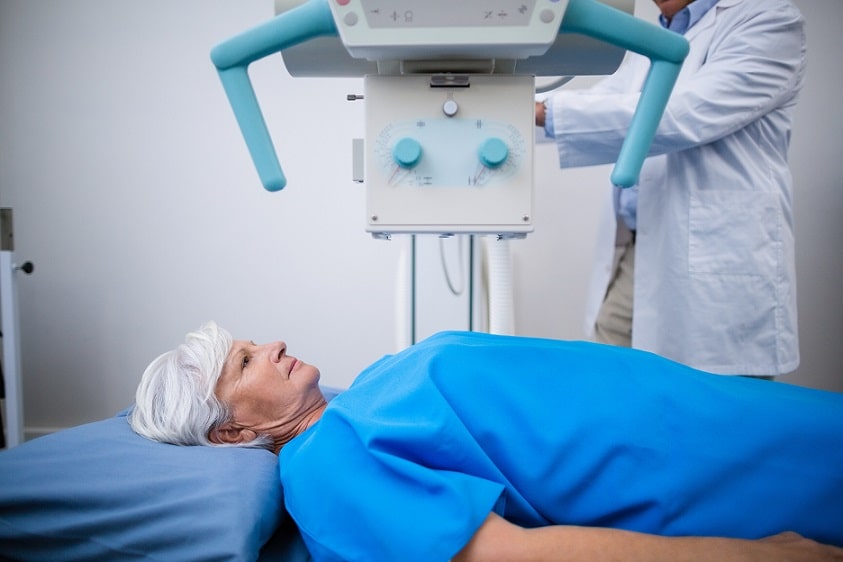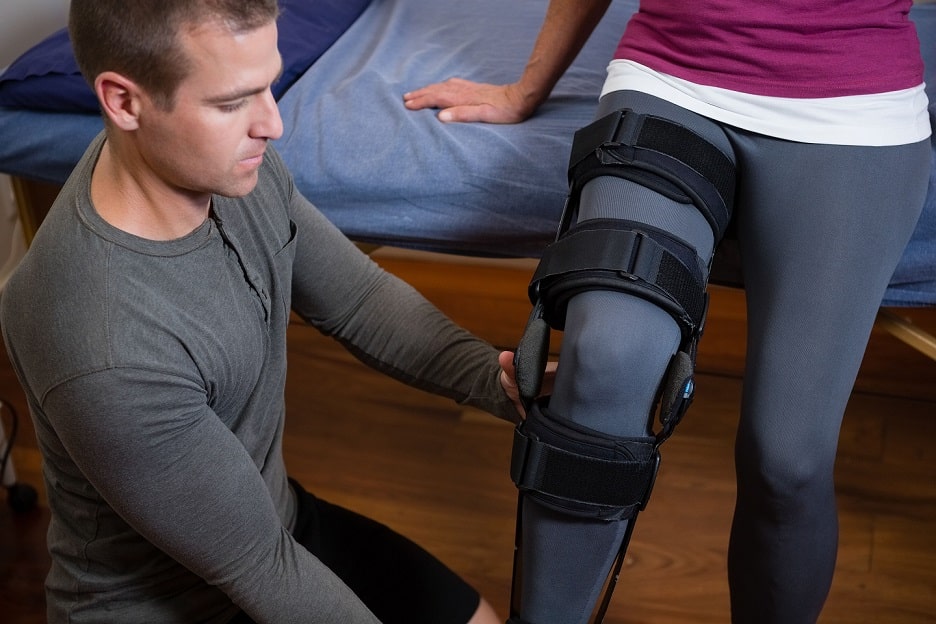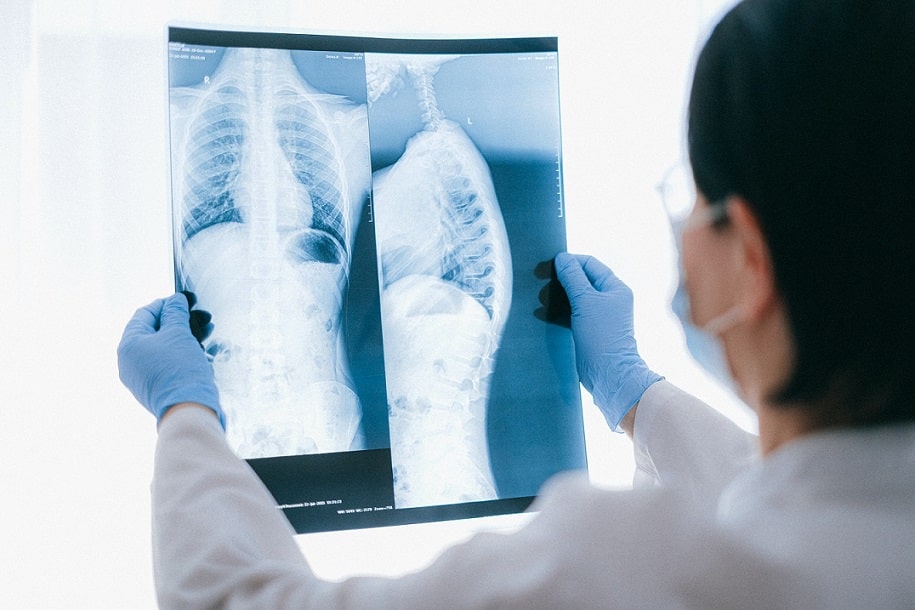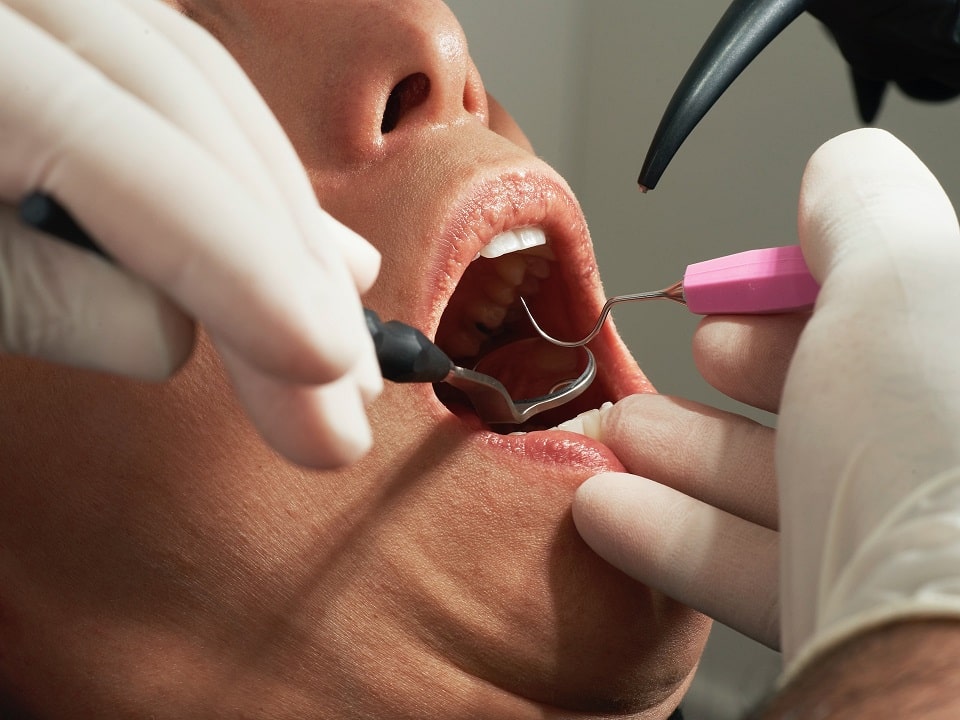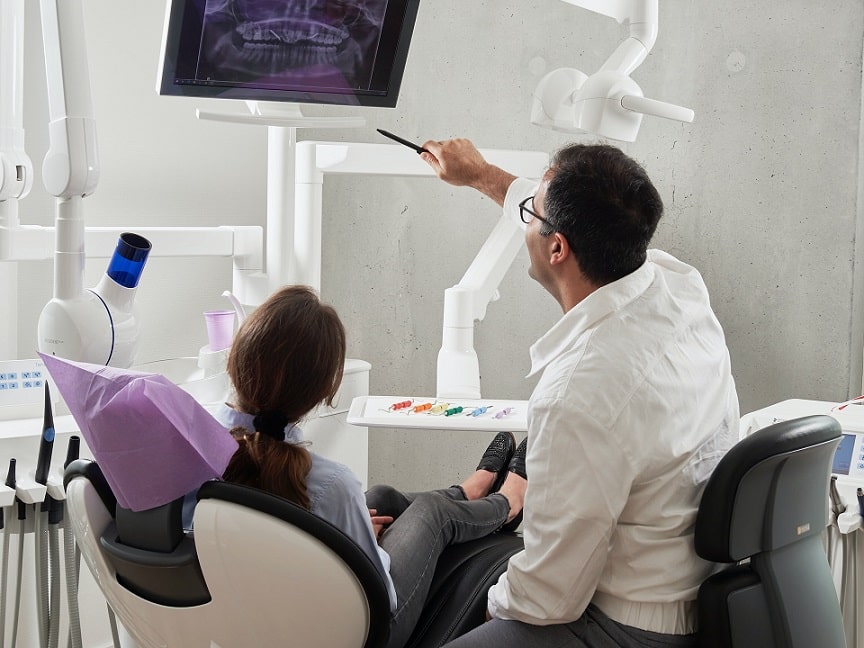 In order to recover damages in any personal injury claim, you must be able to prove that someone else was legally at fault for the accident.
In order to recover damages in any personal injury claim, you must be able to prove that someone else was legally at fault for the accident.
Fault in this sense means that someone was careless, reckless or negligent as to cause an accident.
In personal injury claims, the person who is considered fault is referred to as the Defendant.
The rules for proving fault in accidents comes from the law of negligence – for example, a court may find a person negligent if they did something that a reasonable person would not do, or failed to do something that a reasonable person would do.
The injured person must also show that the Defendant owed a duty of care, that the Defendant breached the duty in some way, and that the breach caused the injury. For example, drivers owe a duty of care to other road users.
If you were driving your vehicle and a bus behind you failed to leave a sufficient distance and hit the rear of your vehicle, causing you injury, the driver of the bus has breached the duty of care owed to you as another road user and that breach caused your injury.
Unfortunately, Road Traffic Accidents happen every day due to the negligence of road users.
In some cases, a court may rule that two parties are equally at fault or may proportion fault as they see necessary; for example, a pedestrian may step off the pavement to cross the road without looking whilst a vehicle may have been speeding past at the same time. In situations like these, a court is likely to split liability between the two parties. When the injured person is partially to blame, this is called contributory negligence. Of course, the split will be determined based on the circumstances.
Sometimes, proving fault is as easy as using common sense – but in some situations, proving fault can be difficult. You must present solid evidence to prove your claim. This could be in many forms including:
- Witnesses – A witness to your accident can be an invaluable piece of evidence so make sure you take their name and contact number!
- Photographs – If you have a camera phone, take a picture of the scene and/or the damage to the vehicles (when it is safe to do so) as this can be helpful when reviewing liability and the position of the vehicles.
- A sketch or diagram – Make sure you make a note of what happened, and write down the details. The more time that passes, the easier it is to forget!
- Police – Report the accident to the police where neccessary. A police report can also be an invaluable piece of evidence especially if the other driver is uninsured or untraced!
A solicitor can act on your behalf for a claim, but remember that if you are making a claim, it will be down to you to provide the evidence and you should get legal advice from an independent injury lawyer like us.
If you have been involved in an accident or any of the above sounds familiar, please call our free claims line on 08745 634 7575 for further advice.

 In order to recover damages in any
In order to recover damages in any 

